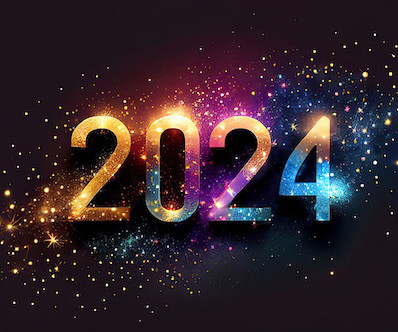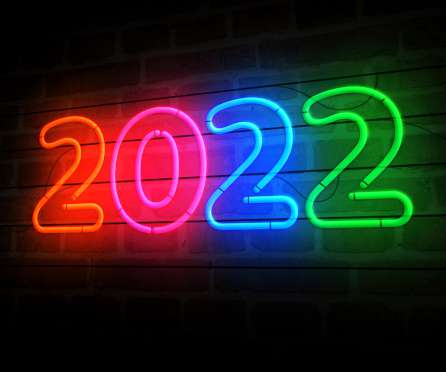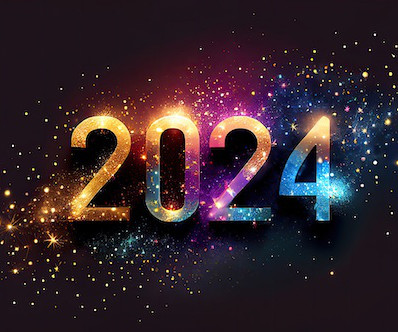Is the Traditional Classroom Becoming Obsolete?
Ask a Tech Teacher
APRIL 28, 2025
Not all students have reliable internet connections or devices, creating a digital divide that exacerbates existing inequalitiesespecially for younger learners in an online elementary school setting where consistent access is critical for foundational development.












Let's personalize your content